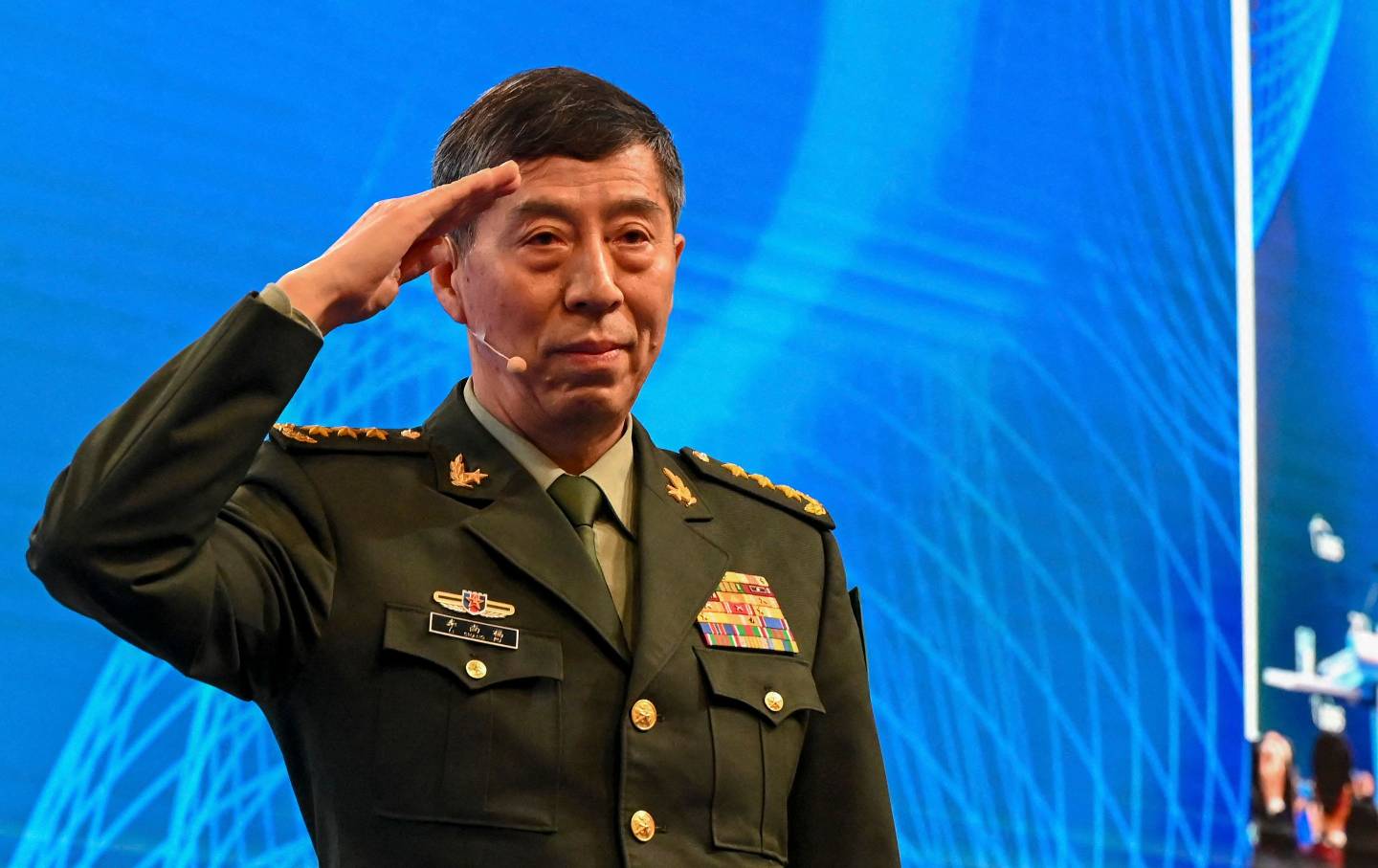
The US Versus China
['China', 'military', 'Austin', 'Taiwan', 'region']
Michael T. Klare Continued failures to resolve fundamental differences over Taiwan could lead to war. The post The US Versus China appeared first on The Nation.
The US Versus China
In their speeches each official laid out their vision of the emerging strategic landscape in Asia, with Austin delineating US plans for the military encirclement of China and Li describing China's efforts to resist US "Hegemonism." Put together, these two speeches suggest that we've entered a period of increased tension and strife in Asia, with a strong likelihood of violent conflict. For his part, Secretary Austin outlined a grand strategy to surround China with US military bases and US-armed allies. Minister Li, speaking after Austin, spoke of China's preference for peaceful relations with Washington, but indicated that it would respond to any unjustified US provocations-including over Taiwan-with unrestrained military force. Accusing China of "Bullying" its neighbors and endangering the free flow of commerce in the western Pacific, Austin promised a vigorous US riposte. As Austin explained, a key goal of US strategy is to entwine all of these countries in US-led multilateral security arrangements designed to "[bring] the region closer together to help keep it free and open, and secure"-the Pentagon's way of saying to contain China. "People across world can see clearly that the root cause of tensions across the Taiwan Strait, are the DPP authorities soliciting foreign support for independence, and some foreign forces attempt to contain China with Taiwan and interfere in China's internal affairs." First, will the US drive to encircle China with a network of US-led security arrangements result in Chinese disengagement and restraint, as suggested by Austin, or in greater tension and strife, as suggested by Li? Second, can a potential US-China conflict in Asia be confined to the conventional, non-nuclear level, or would it inevitably escalate to a nuclear conflagration? History is not very optimistic on the first matter, and it could prove difficult to remain hopeful on the second.